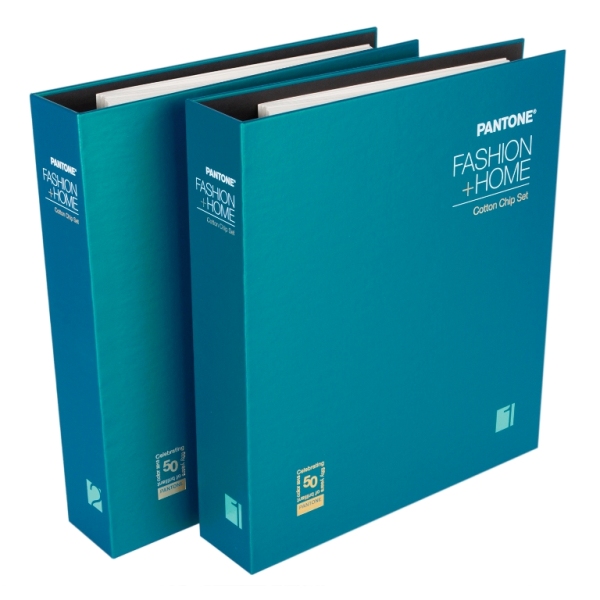Should Calibration Be Performed Regularly:
Calibration is a vital process that ensures the accuracy and reliability of measurement instruments across various industries. However, one common question arises: How often should calibration be performed? The answer depends on several factors, including the type of equipment, usage frequency, and industry standards.
Understanding Calibration Frequency
1. Manufacturer's Recommendations
The first place to look for guidance on calibration frequency is the manufacturer's recommendations. Equipment manufacturers often provide specific calibration intervals based on the design, use, and expected accuracy of the instrument. Adhering to these guidelines is essential for maintaining the equipment's performance and longevity.
2. Industry Standards and Regulations
Different industries have varying standards and regulatory requirements regarding calibration frequency. For example, the pharmaceutical industry follows stringent guidelines to ensure the accuracy of instruments used in drug production, while the automotive industry might have different requirements. Understanding and complying with these standards is crucial to avoid legal and compliance issues.
3. Frequency of Use
The more frequently an instrument is used, the more often it should be calibrated. Instruments that are used daily or in critical processes may require more frequent calibration compared to those used sporadically. High usage can lead to wear and tear, affecting the instrument's accuracy over time.
4. Environmental Conditions
Environmental factors such as temperature, humidity, and exposure to chemicals can impact an instrument's performance. Equipment used in harsh or variable conditions may need more frequent calibration to ensure it continues to provide accurate measurements. Monitoring and adjusting calibration schedules based on these conditions is essential.
5. Historical Data and Performance Trends
Analyzing historical calibration data can provide valuable insights into how often an instrument needs calibration. By tracking the performance trends and identifying when deviations occur, you can establish a more accurate and tailored calibration schedule for each piece of equipment.
Establishing a Calibration Schedule
1. Initial Calibration
Newly acquired instruments should undergo initial calibration before being put into service. This ensures that the equipment meets the required accuracy standards from the start and sets a baseline for future calibrations.
2. Periodic Calibration
Based on the factors mentioned above, establish a regular calibration schedule. This could range from monthly to annually, depending on the instrument and its usage. Regular calibration helps in maintaining consistent accuracy and reliability.
3. Post-Event Calibration
If an instrument has been subjected to any unusual events, such as physical shock, exposure to extreme conditions, or after maintenance, it should be recalibrated. These events can significantly impact the instrument's accuracy, necessitating immediate calibration.
4. Continuous Monitoring
Implementing continuous monitoring systems can help detect any deviations in real-time. These systems alert operators when an instrument starts to drift from its calibrated state, allowing for timely recalibration and minimizing the risk of inaccuracies.
5. Documentation and Record Keeping
Maintaining thorough records of all calibration activities, including dates, results, and any adjustments made, is crucial. This documentation helps in tracking performance over time, ensuring compliance with standards, and supporting quality control processes.
Conclusion
Determining the appropriate calibration frequency for your instruments involves considering several factors, including manufacturer recommendations, industry standards, usage frequency, environmental conditions, and historical performance data. By establishing a tailored calibration schedule, you can ensure the accuracy, reliability, and longevity of your equipment. Regular calibration is not just a maintenance task but a critical component of quality control and operational efficiency.
#CalibrationFrequency #WhenToCalibrate #CalibrationSchedule #QualityControl #MeasurementAccuracy #IndustrialCalibration #EquipmentMaintenance #RegulatoryCompliance #OperationalEfficiency #ManufacturingExcellence #PrecisionEngineering #IndustryStandards #TechInnovation #ContinuousImprovement #InstrumentCalibration







